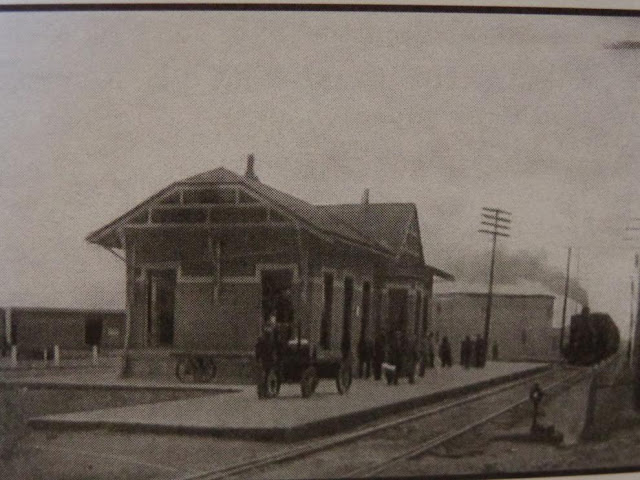The Ill-Fated Illinois Route 53/120 Project in Lake County

It's been a few years since anyone has thought about extending Illinois Route 53 north of Lake Cook Road in earnest, and the project is all but dead . Facing an incredible cost, negative environmental impact, questionable need, and public opposition, I think it's ultimately for the best that road has not, and does not, get built. That is not to say that I do not support significant improvements in Lake County's roads, but I think this was the wrong solution to the issue. The Illinois Route 53/120 Project in Lake County, Illinois wass a proposed highway expansion project aimed at improving the existing Route 53 and Route 120 highways in the county, both of which are two lane roads today. Especially in Route 120's case, it is not designed to handle the traffic volume that occurs on it each day. The project has been in the planning stages for several years and its purpose is to address growing traffic congestion, safety issues, and improve access to economic opportunities ...





